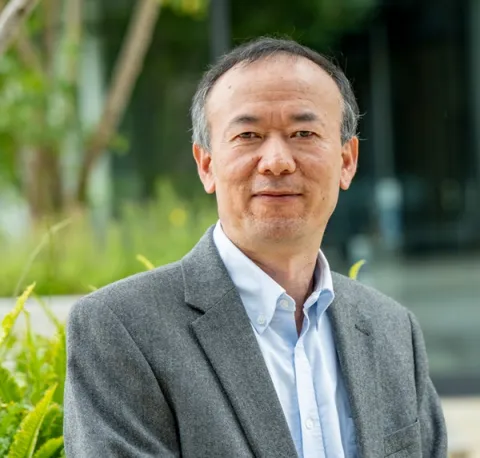About the project
Large civil aircraft experience extreme loads during turbulence and gusts. It is a big challenge to avoid clear-air turbulence (CAT). The implications of sudden erratic turbulence on the aerodynamic characteristics of a subsonic wing in the troposphere and lower stratosphere have not been investigated enough. There is little research into how turbulent eddies generated by the terrain that surrounds an airport located in a valley would interact with a climbing or descending aircraft.
The aim of this project is to investigate the interactions between CAT (or gusts), the aircraft wing, and the formed wake flow. We aim to understand the underlying mechanisms for these interactions and significantly enhance the accuracy of their prediction to have a much better risk assessment of the CAT or gusts. Tackling these problems benefits other applications such as:
- large wind turbines operating in gusty atmospheres
- drones flying in extremely complex urban environments
- the front wings of a race car losing performance in wake generated by a preceding car
This project will use computational fluid dynamics (CFD) to investigate the effects of large-scale turbulence on the performance characteristics of an aircraft wing during cruise, take-off and landing conditions. Numerical simulations will be carried out using the developed CFD software at the University of Southampton.
You’ll join a large aerodynamics group engaged in a wide range of experimental and numerical studies of turbulent flows. The project will benefit from close collaboration with other researchers and colleagues in the collaborative project. You’ll be able to access local and national supercomputers, and work closely with the UK Met Office through placements and regular meetings.
